The ASUS Maximus VIII Impact Z170 ROG Mini-ITX Motherboard Review
by Ian Cutress on December 29, 2015 9:00 AM ESTASUS Maximus VIII Impact Z170 ROG Software
The software tools from ASUS, similar to the BIOS, come in two flavors. A base blue contains the majority of features that a wide portion of users might decide suits their needs, but the ROG platform adds in a few specific extras (some of which are externally licensed with an ROG theme). The main interface is still AI Suite featuring ‘Dual Intelligent Processors 5’, with a few more satellite software programs to complement the standard functionality.
First up is Boot Setting, a small app I use quite a lot for one main reason – the DirectBIOS button. For any users taking advantage of AHCI fast booting, this button is how you instantly reset the machine and reboot into the BIOS to make changes. As a hardware reviewer, I tend to fiddle with the BIOS a fair bit, especially when overclock testing, to a tool like this is great. That being said, once a system is up and running, it rarely gets used again.
New on the scene for ROG is RAMCache, which is different to RAMDisk (see below). The RAMCache tool is similar to the tools we’ve seen on certain brands of SSD software – earmark up to a quarter of the DRAM to act as a fast storage cache which then flushes out to the SSD in a non-time critical manner. In theory, great – it worked fine in our little test scenario, although the benefits over a regular SSD are minimal so it is more aimed at HDDs. The downside is write commits if the system fails. If you have data in the cache and power is lost, or the system dumps garbage at you requiring a hard reset, the data in the cache may be lost - such as that save game you have been working on. The best way for ASUS to expand this is to offer more options – how long data should reside in the cache before being write committed to the drive, or for certain programs/files to bypass the cache completely and write immediately.
RAMDisk is the other side of the equation, especially if you have more RAM than you can shake a stick at (don’t start shaking sticks at sheep, I’m not to be held liable for injuries obtained). Here we can allocate a portion of the memory available as a drive to use when the machine is in action. This is handy in some scenarios, such as migrating a non-critical virtual machine or batching media to be processed. Similarly with the RAMDisk, data is lost if the machine loses power.
As part of the SupremeFX audio package, we also get Sonic Studio software, which acts as a ‘smart EQ’ for gaming that can focus on certain sounds for audio output. Similar to MSI’s Nahimic, this is a glorified EQ adjuster, although without the song and dance (or licensing fees) and it still allows you to have manual EQ settings if you want.
There are settings for different game types, as well as a microphone input/output adjuster and tools to help with audio when streaming.
As part of the ROG package, ASUS also licenses CPU-Z with a custom skin. This is a tool used by overclockers to verify what processor is being used in a system, as well as the speed, the memory, and other functionality. By using a ROG skin, the idea is that when overclocking world records are made and promoted using the ROG skinned CPU-Z, there’s a subtle mental link in there between the brand and the performance.
Keybot is ASUS’ in-house macro tool to allow gamers to predefine a series of keyboard commands (with appropriate delays) to enhance their gaming performance and/or experience. The tool can also be used to map certain programs to keys, or other things such as volume/playback. As a macro tool, it falls under the simplistic heading, only because making a full-on macro tool such as AutoHotKey requires a team and a million more options/commands to choose from. But it works for the intended purpose.
Keybot offers a hardware saved ‘Smart Input’ script, that can be called regardless of the OS or setting of the hardware. This can be interesting for users who want a quick string of characters that can be applied anywhere, although it is worth noting that the text is not stored encrypted, so ASUS recommends against using it for passwords.
For memory sub-timing adjustments, the MemTweakIt tool from previous ROG generations is updated for Skylake and also included in the software suite.
For networking, ASUS offers the ROG line with GameFirst III, an in-house custom networking tool for prioritization. This tool allows users to promote which data streams (such as gaming and VOIP) over others (such as windows updates or downloads) and maintain latency when multiple things are happening at once – at the expense of some CPU overhead and power. ASUS does this with the Intel networking, which provides some control similar to cFos seen on other motherboards, but arguably less control than something like Killer which also uses hardware controls to accelerate some features. Pretty much every networking software program has issues with user experience too, with little optimization in terms of style or handling except for those dedicated to network prioritization. There’s also the extra problem if someone else on the network is chewing up the data, which cannot be solved by simple motherboard software.
AI Suite 3
Finally we move on to AI Suite 3, which for the most part contains the software tools we’ve written about many times before. The front page is part of ASUS’ Dual Intelligent Processor program, version five. The two intelligent processors are the TPU (Turbo Processing Unit) and the EPU (Energy Processing Unit) which are separate ICs on board to help control both overclocking and power use. These two options are mixed with three other modes (Fan Xpert 3, DIGI+ Power, and Turbo App) for the five apps listed above.
The TPU menu offers the usual array of voltages and per-core overclocking. In generations past we saw graphs showing how the voltage responded to load and could adjust the load-line calibration to compensate, but unfortunately this sems to have regressed here.
The Fan Expert tools are similar to those we saw in the BIOS under Q-Fan, with the fan tuning mode also present. One difference in the software here is the result screen when the tuning is finished:
Here is the result of my CPU fan, showing a dead zone below 20% power and a non-linear response in the controllable range. This shows the disparity between fan speed and applied fan power which still needs to be addressed across the motherboard industry.
Also from the AI3 front page are the DIGI+ Power controls, giving options to extend power phase limits, response times, load line calibration and temperature limits. Most of these are usually untouched by the majority of users, but are given for those who might have an odd piece of silicon in the socket that behaves a little differently.
The EPU option is a way for the system to configure different power modes, with the idea of saving energy by running in a more efficient state when latency is not a factor. In this case, when the user is idle, the EPU will attempt to limit the CPU power to 25W and reduce the voltage/fan profiles to do so.
The last stage is Turbo App, which allows the user to configure certain overclocks or LAN prioritization modes to various applications and then rank them in a priority list.
New to the ASUS software package is a temporary file remover called Free Space. With a preset list of directories that typically harbor temporary files or caches, the system will look through the ones selected and let the user know how much space can be saved. The software can then delete these files to save space. This is similar to freeware software I already use on most of my rigs called CCleaner, which has been in the industry for many years and works quite well, as it also probes the registry, offers a mass uninstall feature, and also has a data security overwrite mode (overwrite a drive seven times to ensure data is destroyed). I’d suggest motherboard manufacturers organize a licensing deal with CCleaner if they really want to pursue this line of software.
Other software in AI Suite we have covered in previous reviews:
USB Boost: For suitable devices, implements a newer USB protocol to improve USB 3.0 and USB 3.1 speed.
System Information: Breakdown of the hardware specifications for motherboard, CPU and DRAM.
USB BIOS Flashback: Prepare a USB with a BIOS for updating, or save the current BIOS.


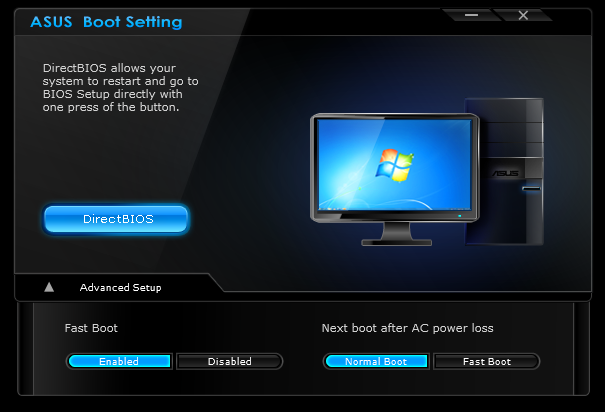
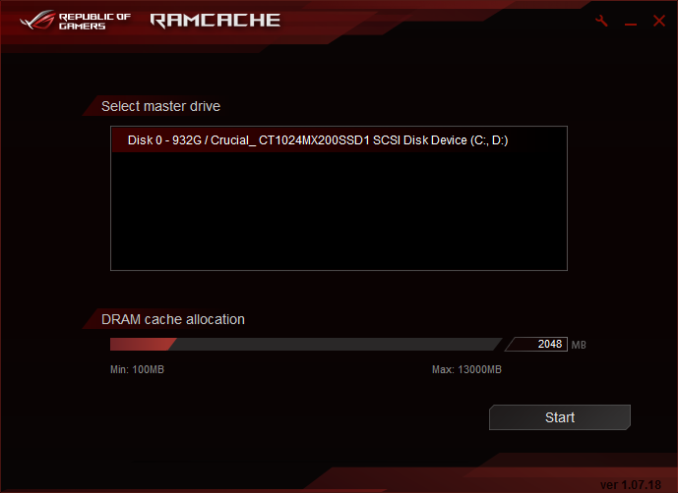
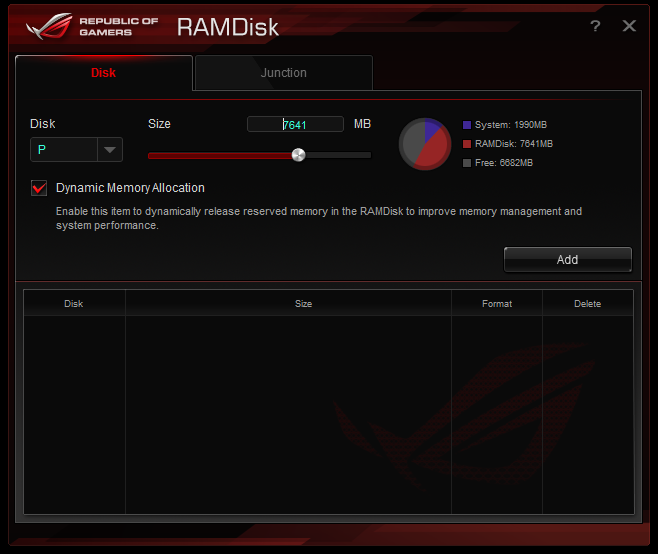
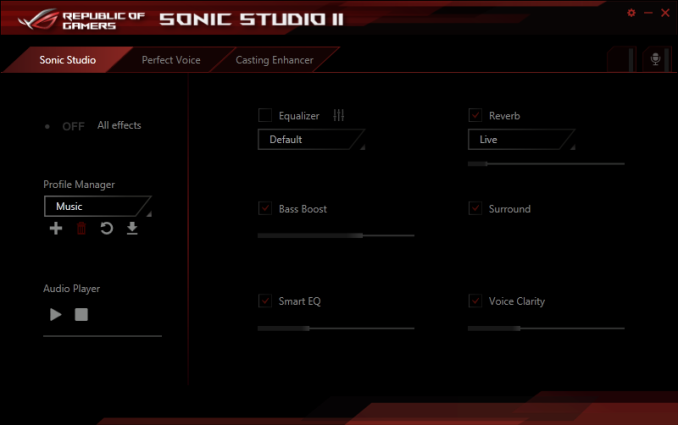

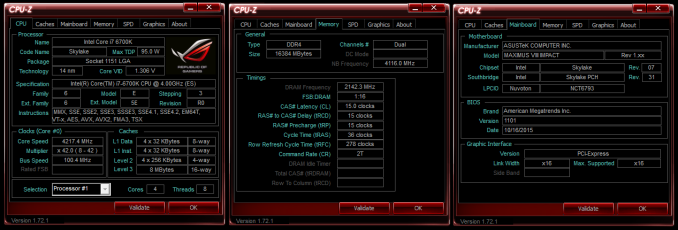
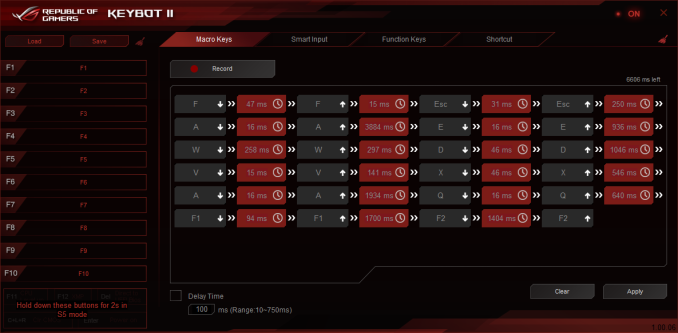

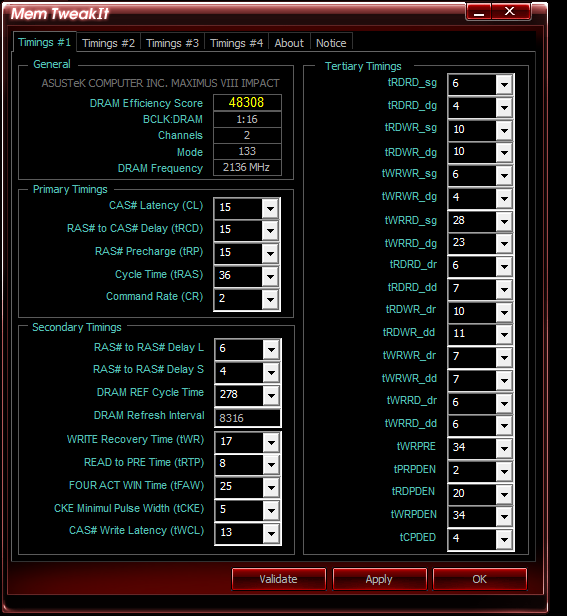
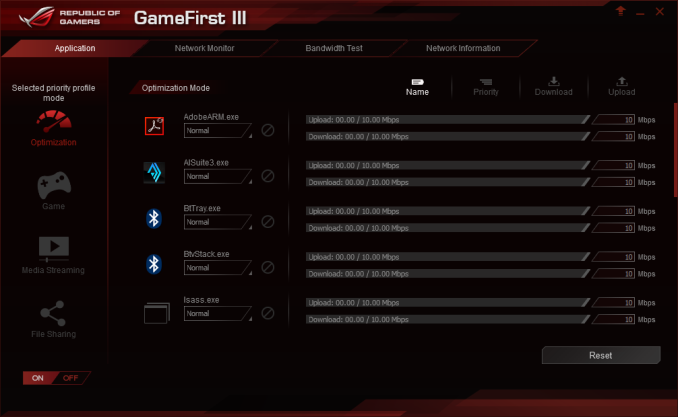
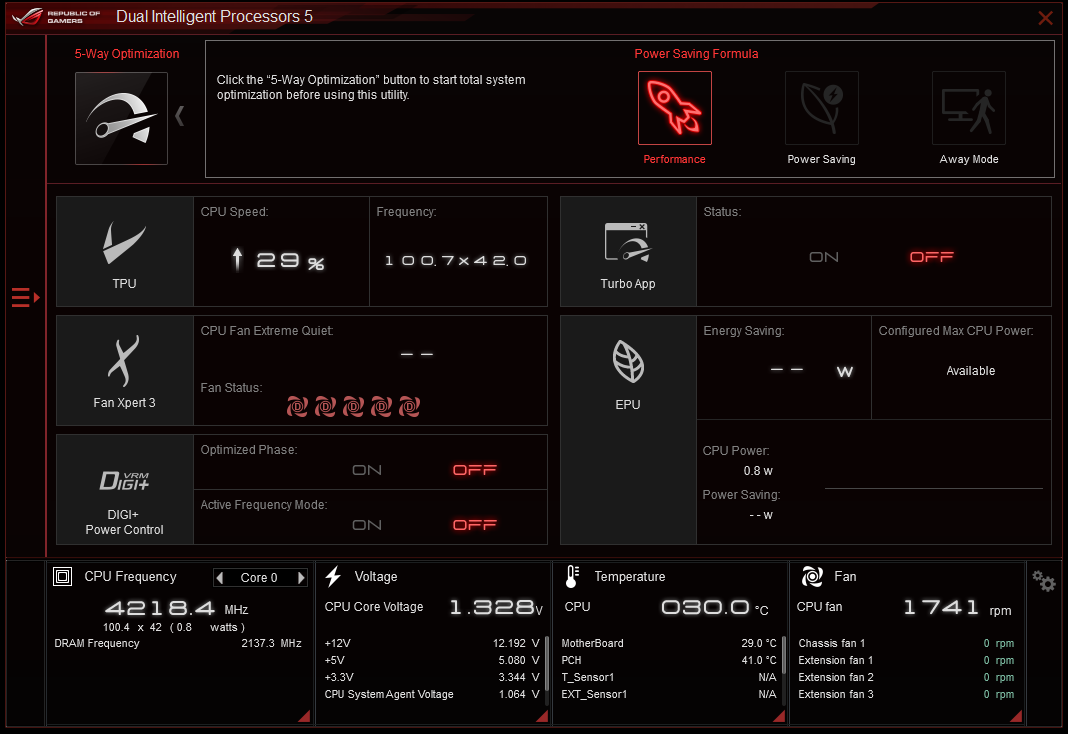
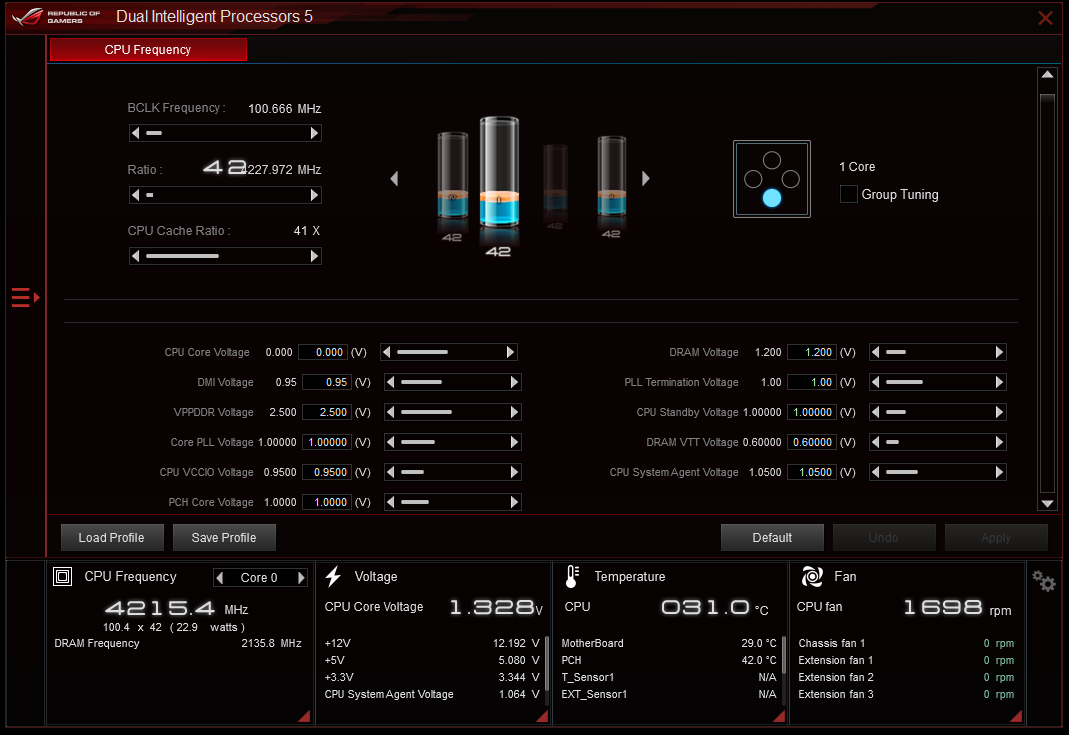

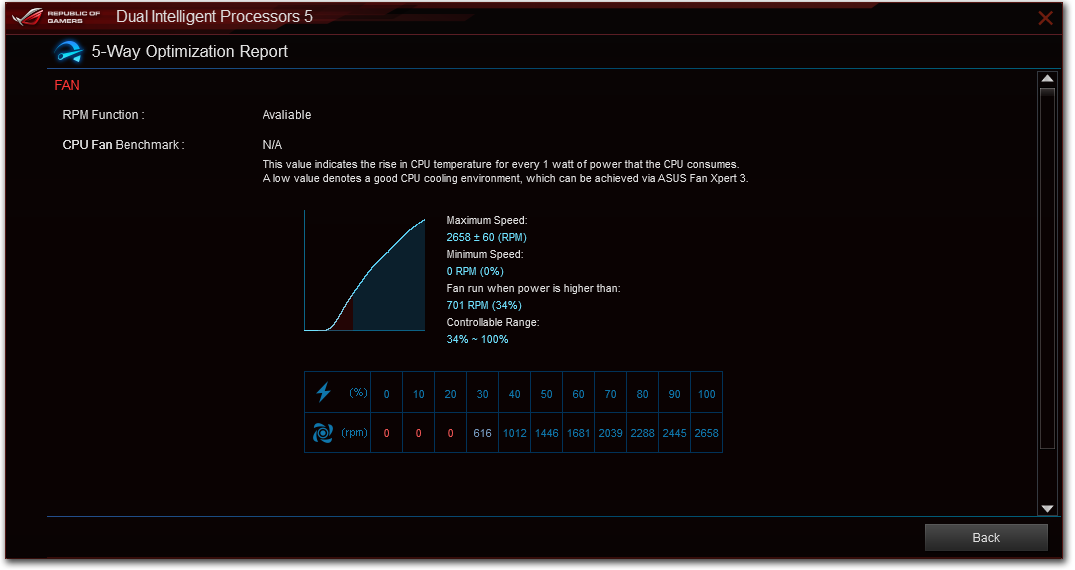
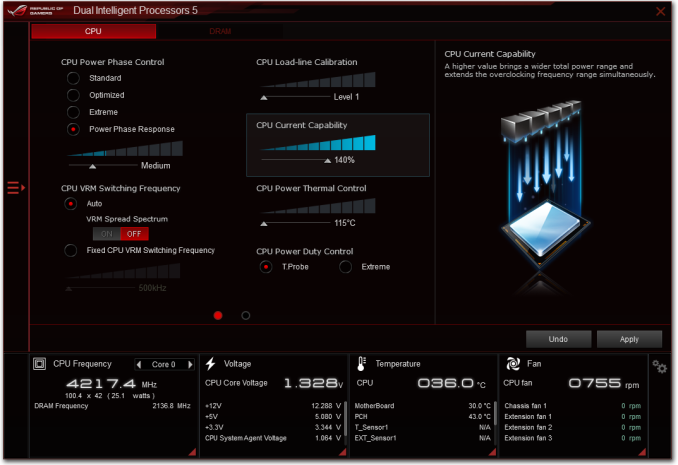

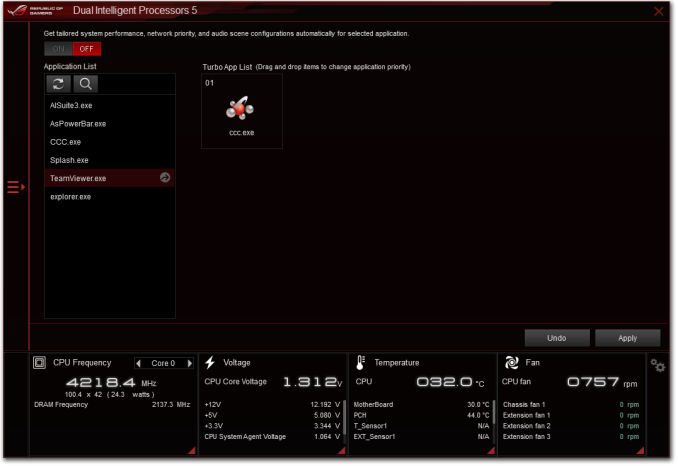
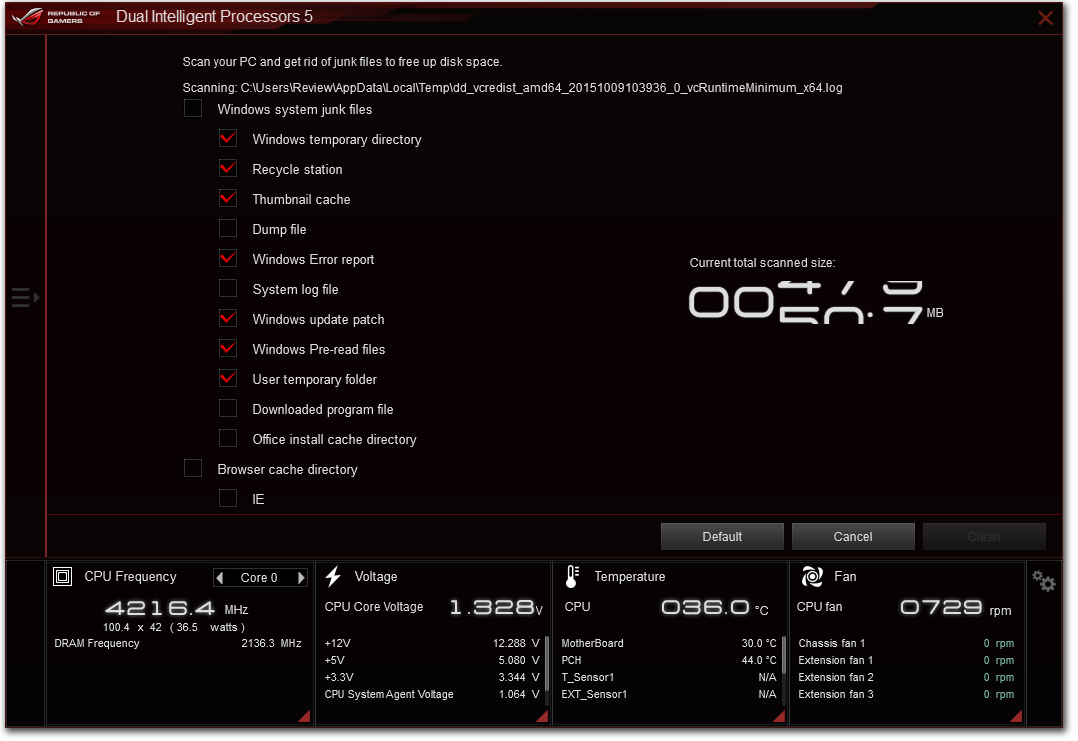














42 Comments
View All Comments
Gigaplex - Wednesday, December 30, 2015 - link
I've got an Asus P8Z77-I Deluxe mITX motherboard. I've used the WiFi exactly zero times. And if I did need to use WiFi, there's always USB WiFi adapters.Vatharian - Wednesday, December 30, 2015 - link
Currently closest to what I want from the mini-ITX board are Asus P8H67-I Deluxe and P8H77-I for, but that's way into the past. Both of them are solid performers and fit their roles well - first is a candidate for really compact gaming rig and second is perfect for NAS builds. Currently I would let go DVI/VGA combo, add another pair of USB 3.0 ports, and add the frigging 5.1+mic/line ports. I'm using 7.1 audio and both line in and mic, and I have to use external card for it. And of course add m.2 Port.Ninhalem - Tuesday, December 29, 2015 - link
I'm no longer looking for a motherboard that has M.2 but rather a board that uses U.2. If you want faster disk speeds with a M-ITX board, you need that U.2 port (because the PCI-E slot will be used by a beefy GPU). Also, plenty of reviews on Newegg for the Intel 750 run contrary to your statement that nobody uses and will use U.2.Vatharian - Wednesday, December 30, 2015 - link
This is basically the one and only drive that uses U.2, and I really suspect it will remain this way. Face it - it was dead before it has risen, and it's for the best.Still, the chipset and CPU has enough PCIe lanes to include pair of mini-pcie connectors, be it M.2 or plain connector, and there are and were widely available extenders for this port. U.2 Is very insecure, it's easy to knock to the side, and is prone to being ripped from the PCB. Commercially available cables are stiff, at least these I got my hands on, and actual choice for them is minimal, especially on the short side. It's been misengineered from the beginning. Quest for extending pci-e singnaling is on. So far the best solution from mechanical pov is probably thunderbold/display port cable, but amount of signal conversion it requires excludes it from internal use, and it also suffers from stiffiness.
Mr Perfect - Thursday, December 31, 2015 - link
You should be fine with PCIe lanes. The GPU will use the 16 lanes coming from the CPU, leaving all of the lanes from the chipset available for I/O.Gigaplex - Tuesday, January 5, 2016 - link
As far as I can tell, the only difference between M.2 and U.2 is the form factor. Picking one over the other has no bearing on the PCIe slot for the GPU. You're welcome to put a U.2 adapter in the M.2 port if you wish.amnesia0287 - Thursday, July 7, 2016 - link
Not when the M.2 slot is on the bottom of every other ITX board, which can be an actual issue because M.2 SSD get HOT.DanNeely - Tuesday, December 29, 2015 - link
If they used SODIMMs someone else would be flaming them for using a slower/lower capacity/more expensive memory type on a gaming board. It would let them put the U2 connector on the other side of the board, add one or two more USB headers and 4 more back panel USB ports. I think it's probably a worthwhile tradeoff; but I also know that the last 100 MHz of ram speed or tick of a timing value hasn't mattered since the memory starved P4 was retired. Ultimately I think it's an artifact of there not being any real competition in this market segment.jasonelmore - Tuesday, December 29, 2015 - link
It has Optical out there bud.. If your wanting full 5.1 surround, buy a good receiver and run i through the optical, or HDMI.Vatharian - Wednesday, December 30, 2015 - link
I'm using analog 8 channel amplifier that has been happily playing music well before Chetnobyl catastrophe. Where should I put the optical in? In my case I'm alternating between some cheap 7.1 USB card and USB Xonar, but both suck.